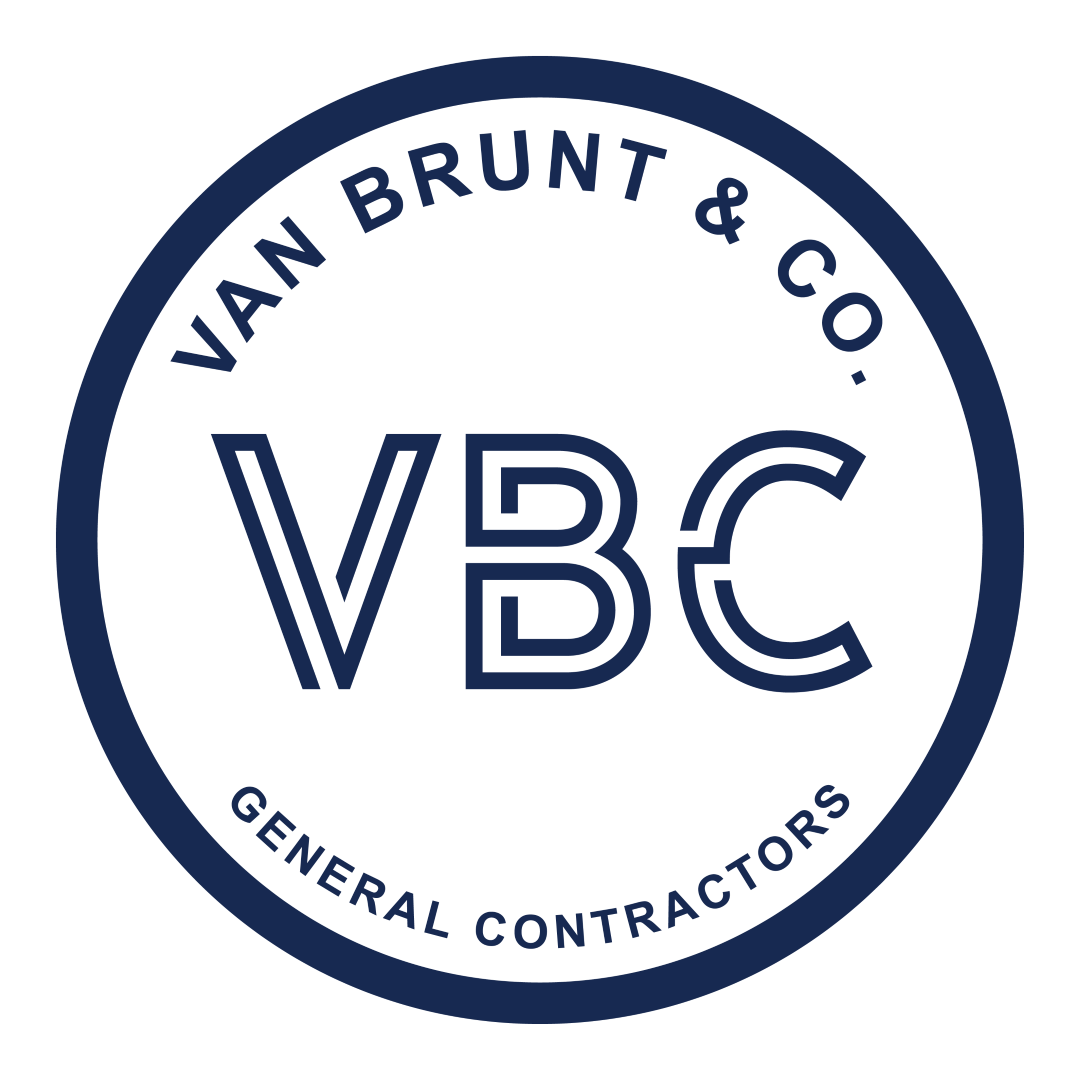The layout of your medical office directly influences how patients feel the moment they arrive. A well-designed medical office floor plan creates a professional, welcoming atmosphere that supports comfort and efficiency. It helps define how people move through the space, reducing confusion and delays. This foundational structure sets the tone for both patient experiences and staff productivity. A thoughtful floor plan leads to a smoother, more positive visit for everyone involved.
A medical office floor plan provides a bird’s-eye view of your space, showing how rooms and pathways are organized. It outlines key features like walls, doors, and corridors to clarify the spatial layout. This type of plan may also include basic placements for furniture and patient flow direction. Unlike a detailed interior design plan, a floor plan offers a structural overview to guide architects and builders. It acts as the groundwork before design elements bring the space to life.
Designing a medical office involves many factors that influence how your floor plan comes together. Every decision, from traffic flow to zoning, affects both the patient journey and staff efficiency. Your medical office floor plan must balance functionality, privacy, and accessibility to serve patients better. By asking targeted questions during planning, you can avoid costly changes later. The right floor plan enhances care delivery while promoting trust and comfort.

Key Objectives When Designing Your Medical Office Space
While design elements often steal the spotlight, your medical office floor plan forms the essential backbone of the entire space. This layout brings structure and cohesion, allowing the design to function with purpose and efficiency. It supports workflow, enhances patient comfort, and ensures every square foot serves a clear role. A smart floor plan does more than organize, it helps you create an experience patients trust and return to. Prioritizing layout early gives you control over how your practice feels and functions whether building from scratch or planning a remodel.
Define Functional Zones Effectively
A floor plan’s key role is to outline specific, functional areas inside your medical or office space. The layout should organize exam rooms, offices, waiting areas, and hallways into distinct sections that prioritize privacy. Each space must support smooth workflow and help staff move efficiently throughout the day. Designing with intent ensures each area serves a specific purpose without overlap or confusion. Strategic zoning also enhances patient flow and minimizes stress in high-traffic areas. Clear boundaries between functional zones help avoid distractions and reduce noise in sensitive treatment or consultation areas.
Prioritize Patient Comfort and Staff Efficiency
Defined spaces should always support comfort for patients as well as efficiency for staff. Visiting a medical office can feel overwhelming, and patients want a calm, welcoming environment from the moment they arrive. A crowded waiting room or a lack of privacy in exam areas can add to their anxiety. A thoughtful floor plan should minimize these stressors while ensuring a smooth experience throughout the visit. Comfortable seating, soft lighting, and easy navigation help patients feel at ease. Efficient layouts also reduce staff fatigue and improve response time between appointments or emergencies.
Ensure Regulatory and Accessibility Compliance
Your floor plan must meet all requirements set by the Americans with Disabilities Act (ADA) to stay fully compliant. Ignoring these guidelines can lead to expensive penalties and negatively impact patient trust. Taking accurate measurements early helps you avoid design issues later in the process. Compliance isn’t just legal, it ensures everyone can move safely and comfortably through your facility. Accessible entrances, restrooms, and exam rooms create a more inclusive environment. Prioritizing these standards from the beginning avoids costly renovations and supports your reputation as a patient-focused practice.

Essential Considerations for Designing a Medical Office Floor Plan
Designing a medical office floor plan shapes how your workspace functions and feels long-term. Careful planning helps you avoid costly adjustments down the road. You should evaluate every element that affects patient experience and daily operations. Asking the right questions early ensures your design covers all functional and comfort-related needs. Consider traffic flow, privacy, accessibility, and space flexibility when mapping your layout. Smart planning at this stage will make your office more efficient and welcoming from the start.
Map Out the Ideal Workflow
An effective medical floor plan should support a smooth and organized workflow for both staff and patients. Disruptions happen when design ignores how people move through the space. Avoid crowding by separating patient areas from busy staff zones. Place high-use rooms and equipment away from main traffic paths to reduce bottlenecks. Quick access to frequently used spaces improves speed and reduces stress. Efficient workflows help minimize wait times and boost the overall productivity of your medical team. Planning movement routes in advance also reduces confusion and promotes better coordination between departments during peak hours.
Select the Right Office Model for Your Practice
Your medical office floor plan should align with the specific type of medical practice you run. Each specialty comes with unique patient needs and expectations. Geriatric clinics may need wider hallways for walkers or wheelchairs, along with room for support bars. Pediatric offices benefit from spacious waiting areas with child-friendly play zones to ease anxiety. Tailoring your design to your patient base shows you understand their comfort and care needs. Taking time to choose the right model also helps avoid future redesigns as your practice evolves.
Plan for Average Daily Patient Volume
Your medical office floor plan should reflect how many patients your practice sees on a typical day. A busy office may need extra exam rooms and additional workspace for staff between appointments. However, expanding clinical or break areas might reduce space for the waiting room or administrative zones. Balancing comfort, efficiency, and available square footage is crucial during this stage. Prioritize patient flow and experience without overlooking staff needs. Estimating daily volume early helps you create a layout that avoids overcrowding and supports long-term growth. Consider how peak hours and seasonal demand may affect your daily workflow.
A well-designed space should allow your team to function smoothly, even on the busiest days. Think about how many staff members work at once and whether current rooms support that activity. Flexible spaces, such as multi-use rooms, can adapt to fluctuating schedules without hurting patient comfort. Don’t forget about storage and sanitation stations, which are essential in high-volume environments. Taking these needs into account now helps prevent disruptions and bottlenecks later. The right layout supports efficiency, improves morale, and helps ensure better patient care throughout the day.
Account for Equipment Size and Placement
Always consider the amount of space your medical devices will take up and measure your room ahead of time to ensure everything fits comfortably. Arrange each piece of equipment with clear intent to maximize workflow and avoid unnecessary clutter. Prioritize access to essential tools without causing crowding in the workspace. A well-placed setup reduces movement and improves staff efficiency during daily operations.
Your layout directly impacts how effectively you can deliver care, so design each zone to support smooth, uninterrupted tasks throughout the day. Maximize every square foot without overcrowding the room by using visual mockups or floor planning software in advance. A balanced setup enhances comfort for both staff and patients, creating a better experience for everyone. Efficient design choices lead to better organization and quicker patient turnaround.
Factor in Future Growth and Expansion
Design your floor plan with flexibility in mind if you anticipate your practice expanding over time. Allowing space for upgrades or repurposing rooms—such as converting an office into a procedure room can help you scale with ease. A versatile setup supports long-term success and allows for a smoother transition during periods of growth. Planning with foresight minimizes costly layout changes later on.
Transforming a secondary waiting area into an extra exam room can keep patient flow efficient as your client base increases. Make sure your layout can adapt to different functions without disrupting daily operations. A smart layout lets you adjust without starting from scratch. Prioritizing flexible design now helps you meet future demand without stress.If you’re working within an existing structure, consider how your current layout can be retrofitted to support new technology or an increase in patient volume without major disruption.
Incorporate Smart Storage Solutions
Smart storage is key for keeping rarely used equipment and important medical records accessible but out of the way. Think ahead about the tools and documents you’ll need nearby and which can be tucked away securely. Efficient storage helps maintain a clean, uncluttered environment that supports productivity. Consider modular shelving or built-ins to save space without compromising function.
Every practice has unique storage needs, so take stock of what must be stored before committing to a layout. Plan for both current and future needs to avoid costly adjustments down the line. Knowing your exact storage requirements helps you allocate square footage wisely. Well-planned storage reduces stress and keeps your workflow running smoothly.
Meet All Legal and Health Code Requirements
Your medical office layout must comply with all legal and health code standards to operate safely and lawfully. The Americans with Disabilities Act (ADA) outlines essential requirements like hallway width, door clearance, counter height, and space for wheelchair turnaround. Designing with these regulations in mind ensures accessibility for every patient and helps avoid legal complications. Including these details from the start keeps your buildout compliant and inspection-ready.
Addressing these factors during the planning phase saves time, money, and stress during construction or renovation. Whether you’re expanding or relocating, always consider how your design will meet regulatory expectations now and in the future. A well-planned space keeps your practice running smoothly while protecting patients and staff. Investing in compliance upfront supports long-term growth without disruption.
Your Trusted Partner in Expert Medical Office Design
Whether you’re building from the ground up or reconfiguring an existing space, designing an effective medical office layout requires thoughtful planning and expert execution. Partnering with an experienced team can simplify the process, helping you avoid costly errors and delays. With professional guidance, every square foot of your office can be optimized for functionality, patient comfort, and regulatory compliance. Through clear communication and a collaborative approach, the right design partner ensures a smooth, stress-free experience from concept to completion.
Conclusion
A well-planned medical office floor layout is more than a design decision, it’s a strategic investment in your practice’s success. From the first step through the door to the final patient interaction, every square foot should promote comfort, efficiency, and compliance. By intentionally zoning areas, streamlining workflows, and anticipating growth, your space can boost productivity and elevate the patient experience. Don’t leave your layout to chance partner with experienced professionals who understand the nuances of medical environments. With the right floor plan in place, your team can deliver exceptional care in a setting that’s as functional as it is welcoming.
FAQs
How much space should each exam room have?
Each exam room should be between 100 to 150 square feet for equipment, movement, and patient comfort.
Should administrative areas be near patient spaces?
It’s best to separate them. This reduces noise, protects privacy, and improves concentration for both patients and staff.
What kind of lighting is ideal for medical offices?
Use soft lighting in waiting rooms and bright, focused lighting in clinical spaces for accuracy and comfort.
Can a medical office be designed to support telehealth?
Yes, use private, quiet rooms with reliable internet and minimal background distractions for smooth virtual consultations.
How often should a floor plan be revisited?
Review every 3–5 years, or sooner if your services, staff size, or patient volume significantly change.

